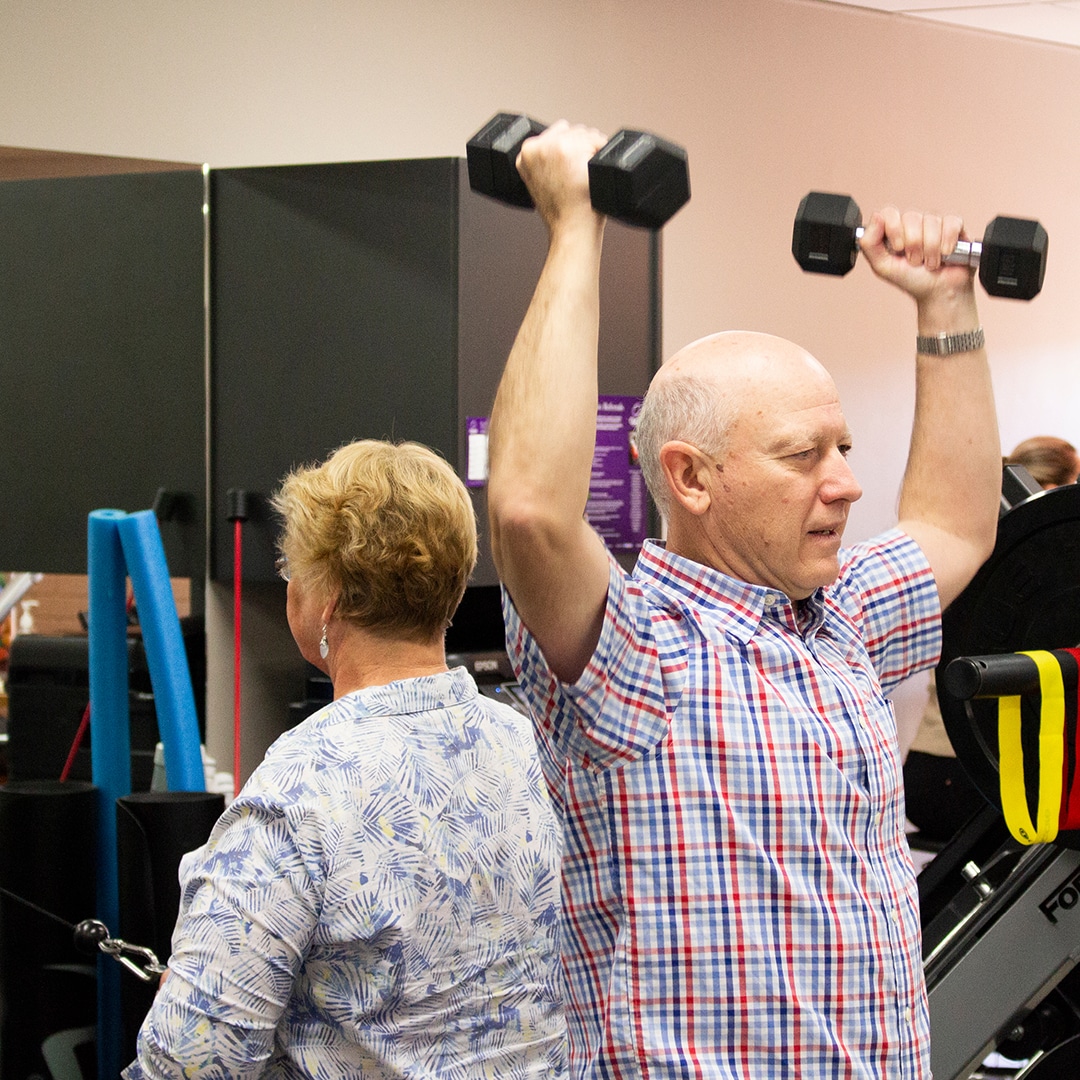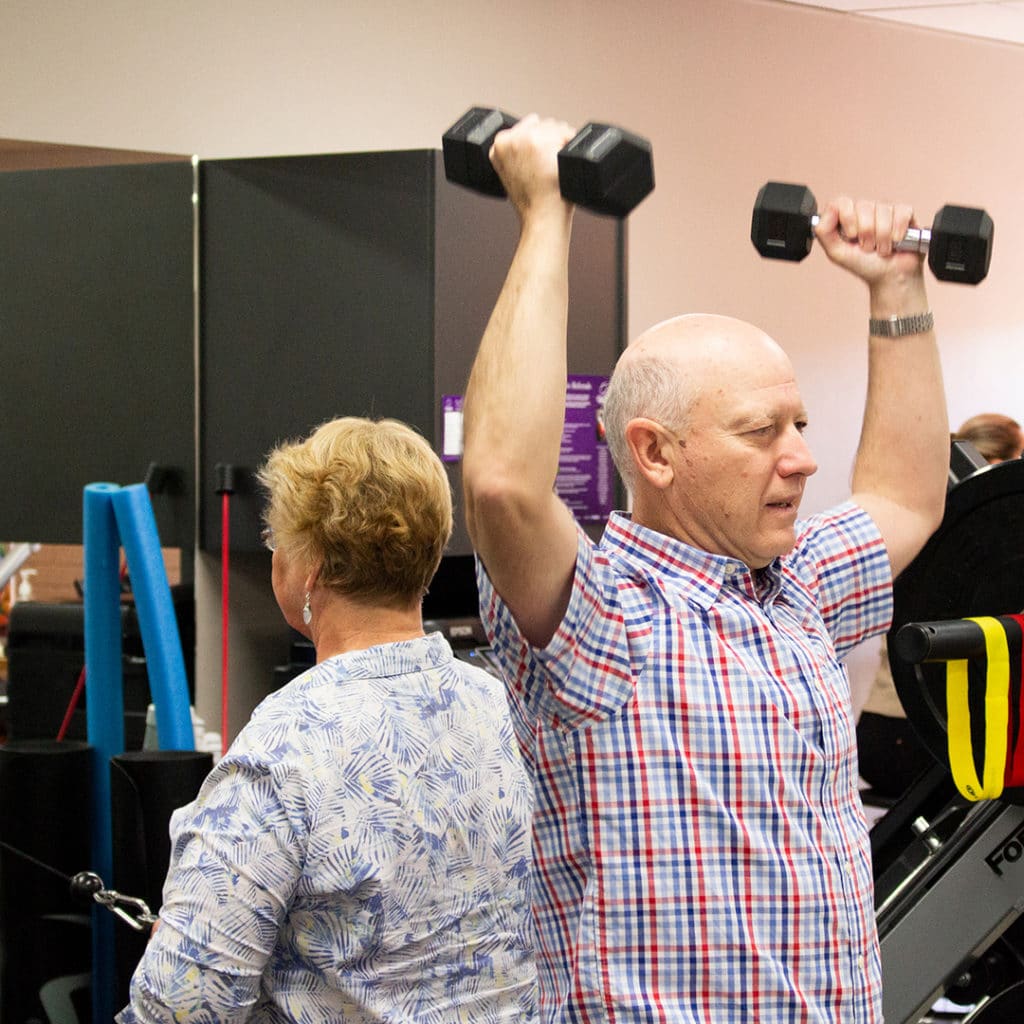
Prehab in Retirement

Prehab in retirement is a critical component of physical, emotional and mental wellbeing.
At Pivotal Motion, we cater to a wide range of patient demographics. An interest in our clinic is the Elderly population (65 years and above). As we are clinic that is all about movement. We believe that prehab for an elderly person is just as important as prehab for a young athlete.
What is Prehab?
Prehabilitation is the process of preparing the body for any upcoming activity or surgery to avoid injuries and to accelerate post-operative recovery respectively. The idea with prehab is to prevent injuries occurring and recurring.
Why is Prehab important in the Elderly?
Unfortunately, our bodies won’t remain young forever and will eventually start to ‘slow down’. Our muscles start to get weaker, our bones lose their hardness and our reaction times slow down to name a few! These are all risk factors for injuries. Therefore, prehab is necessary.
Ways to incorporate Prehab into everyday living
Daily Stretching:
A solid 15-20 minute stretching programme is highly recommended. Flexibility is a component of fitness that has strong evidence in aiding with injury prevention. We recommended doing this every morning to warm up the muscles so that they are primed for activity.
In terms of stretching types, we recommend static stretches on big muscle groups that are used every day. These can include, but are not exclusive to the calf, quads, hamstrings, lower back, chest, posterior shoulder, biceps, triceps and forearms. The stretches can also be performed at night to prevent stiffness in the muscles and joints occurring overnight.
Compound Body Weight exercises:
Weight-bearing body weight compound exercises such as squats, lunges, and press ups are highly recommended as they’ve been proven to stimulate bone growth. This maintains the strength and rigidity of bones thereby aiding in injury prevention. Compound exercises work many muscle groups simultaneously which makes exercising very time-efficient (another added benefit).
In addition, most compound exercises are movements performed in everyday tasks eg squatting to pick up objects of the ground which means they are highly functional. We highly recommend incorporating a 20-30 minute strength programme performed once daily. This programme can include compound body weight exercises as well as resistance training (explained below).
Resistance Training:
Resistance training is exercising against resistance (weights, therabands or machines). These exercises often function to improve strength in isolation for certain muscle groups, contrasting with compound exercises which train many muscles simultaneously.
The benefit of resistance training is improving overall muscular strength in individual muscles. This further improves every day functional movements such as sit to stands, carrying objects and manoeuvring stairs to name a few. As stated above, they can be incorporated into a 20-30 minute strength programme performed once daily.
Daily Cardiovascular Exercise:
Cardiovascular exercise is a type of exercise that focuses primarily on improving heart and lung function. They are an important component in fitness because they aid in efficient transfer of blood around the body. This keeps other body systems functioning well.
Types of cardiovascular exercises include going for daily walks, riding a bike around the block or swimming at your local pool. We recommend a 30 minute daily dose of cardiovascular exercise. Bear in mind, some resistance training can also function as cardiovascular exercise.
Balance Exercises:
A natural ageing process is the slowing down of the nervous system which includes balance and coordination. To slow this process down, balance and coordination drills are highly recommended. This can be done daily for 10-15 minutes. Examples of balance exercises include: single leg stance, tandem walking, tandem walking while throwing and catching.
Joining Group Activity Classes:
Group classes have an added benefit of social interaction. This makes exercise fun, empowering and exciting. Some ideas for group exercises include yoga classes; Pilates; strength and conditioning classes; gym classes; and walking groups.
Strength and Conditioning Classes at Pivotal Motion
At Pivotal Motion, we offer twice weekly hour-long strength and conditioning classes. These are held every Monday and Thursday mornings and are run by our experienced physiotherapists. The classes include all the above ways to incorporate prehab into your life.
Specifically, the classes include:
- A mix of body weight compound exercises and isolated resistance exercises aimed at strengthening the entire body: upper limb, lower limb and core.
- A 10 minute warm up at the start of the class
- A 10 minute stretch session at the end of the class
- Balance and coordination Exercises.
Benefits of the classes:
- Trains important aspects of general fitness: flexibility, strength and coordination.
- Reduces risk for injuries.
- Reduces falls risk.
- A very social environment which makes exercise fun and enjoyable.
For more information on Prehabilitation for the Elderly or if you are interested in our Elderly Strength and Conditioning Classes, come and see our friendly team at Pivotal Motion or call us on 07 3352 5116.


